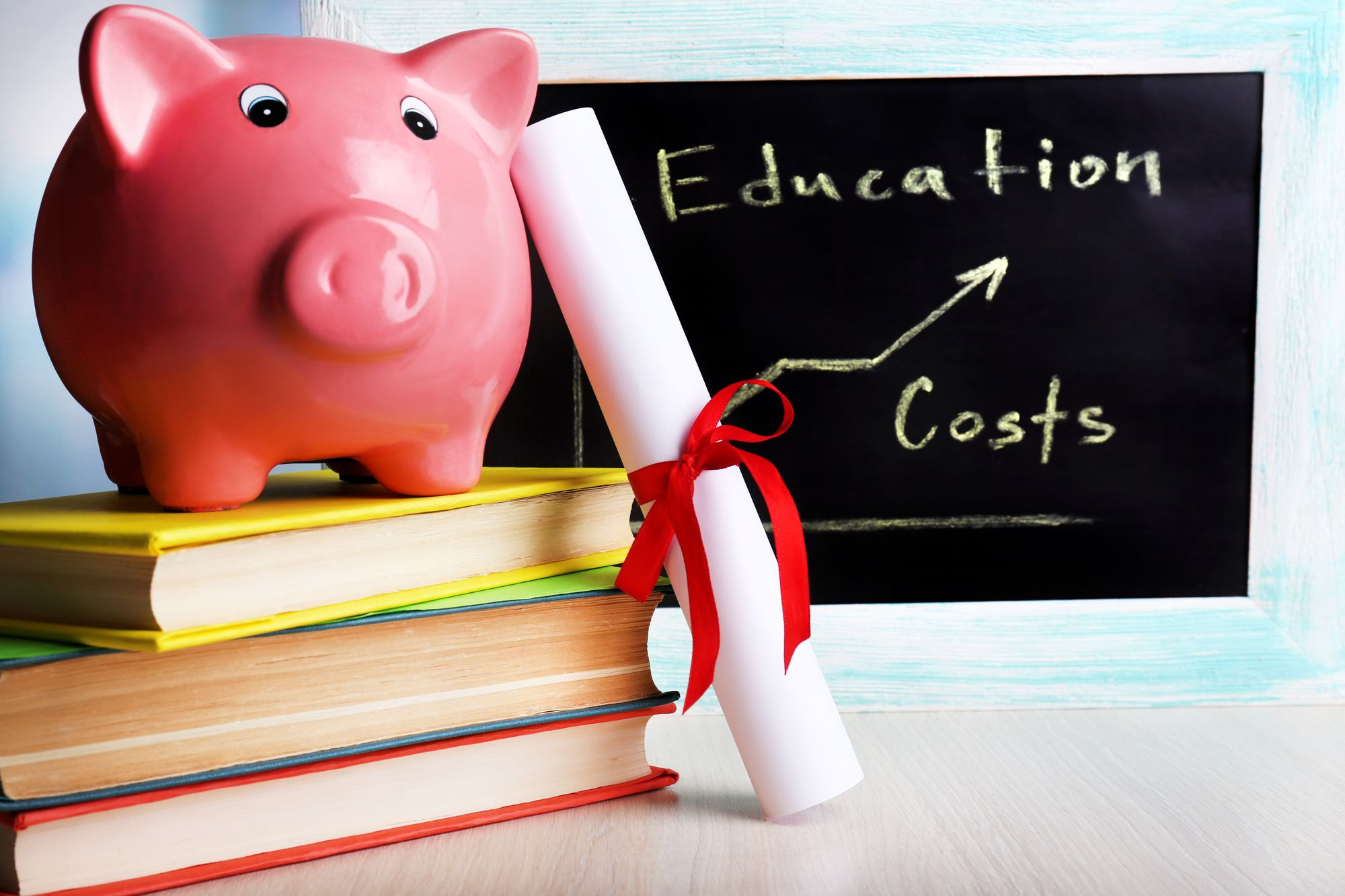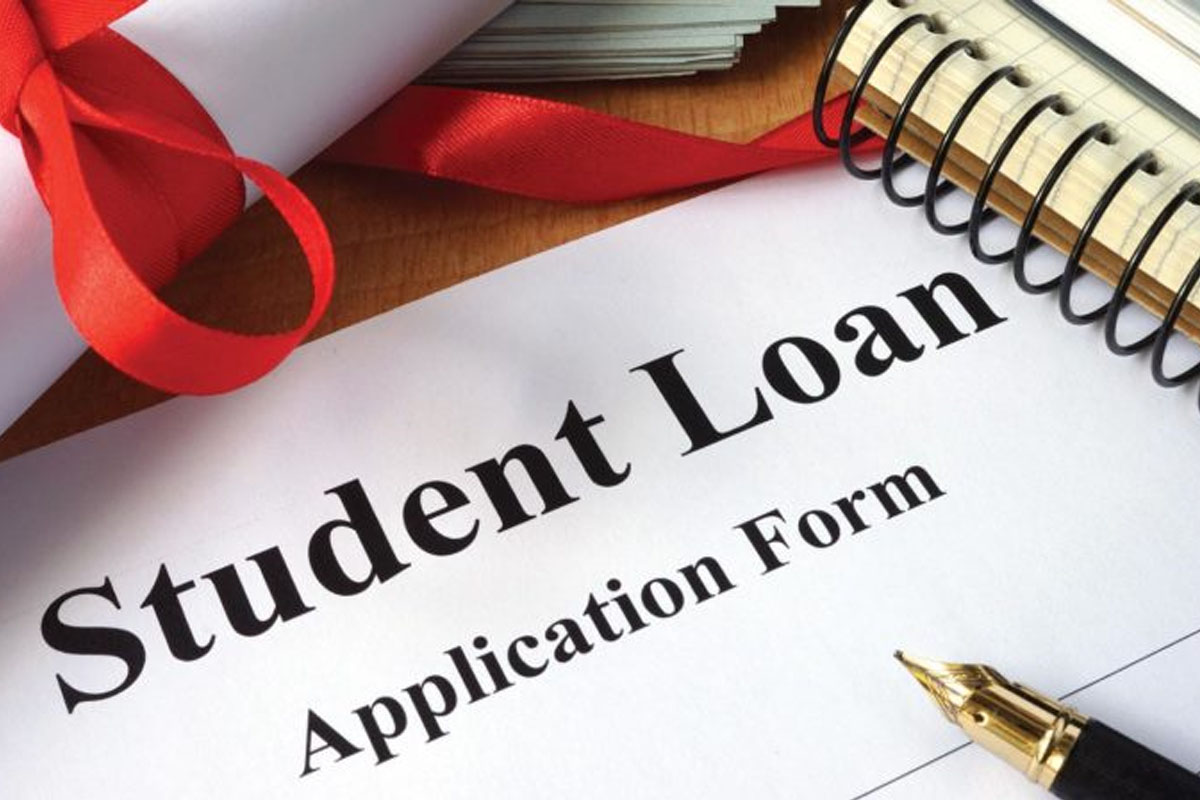If you avail of a student loan program and are worried that you won’t be able to make your payments again in October, you should look into a new, cheap alternative called SAVE, or the Saving on a Valuable Education Plan.

Student Loan
Budgets for all people won’t be saved through SAVE. However, millions of borrowers who may be drowning in other debt, such as high interest credit cards, or find themselves struggling to make ends meet might find it useful.
Are you availing a plan offered by student loan programs? A Student Loan Program (SLP) is a short-term interest-free borrowing option for undergraduate and graduate students to cover their tuition and fees.
The SAVE student loan program offers good services and features.
The former Revised Pay As You Earn (REPAYE) scheme, an income-driven repayment scheme, is replaced by the new SAVE Plan. The SAVE Plan will be automatically added for borrowers currently on the REPAYE Plan; there is no need for them to sign up.
You won’t become trapped by the interest on those federal student loans if you continuously make the required SAVE student loan program plan installments. According to the US Department of Education, this move alone is anticipated to help over 70% of borrowers on income-driven repayment plans prior to the pandemic-related suspension.
The department will stop charging any monthly interest under the SAVE student loan program that isn’t covered by your mandatory monthly payment if it doesn’t cover the interest.
The change addresses a problem involving negative amortization.
Many borrowers on repayment schedules that didn’t fully cover the interest due each month saw their total student loan amounts increase over time. When your monthly loan payment is less than the new interest that accrues, you encounter a condition known as negative amortization.
Read Also: Financial Literacy Courses: Now Required For Public High School Students To Take
Prior to the payment stop ending in October, borrowers can still take advantage of certain significant benefits of the SAVE plan before it completely takes effect on July 1, 2024.
Starting on July 1, 2024, borrowers will only be required to contribute 5% instead of 10% of their discretionary income to student loan repayment.
This is how you can sign up for the SAVE Student Loan Program.
The United States Department of Education’s website StudentAid.gov currently offers a beta version of SAVE student loan program. But as of early August, the application procedure isn’t quite open 24/7.
During this beta testing period, the application may occasionally be accessible.
You would need to try again later if the program is offline when you attempt it. After your application for the student loan program is received, you will get a confirmation email. Once the process is completely operational, you wouldn’t need to submit an application again.
According to Kantrowitz, about one-third of debtors are presently enrolled in one of the federal income-driven repayment plans, which include the Income Contingent Repayment (ICR), Income-Based Repayment Plan (IBR), Pay As You Earn (PAYE), and Pay As You Earn Repayment (REPAYE). Furthermore, he predicted that once the new SAVE plan is implemented, the percentage will probably increase slightly.
The individuals who will benefit most from SAVE will be the debtors with lower incomes. You are not required to meet any specific income requirements to be eligible for the student loan program. Benefits, however, will depend on household size and income.
An income-driven repayment plan might change your monthly payment to reflect your salary and family size if you don’t make much money. If you want a lower monthly payment before your first bill is due, contact the Education Department right once.
Over 1 million low-income borrowers qualify for $0 monthly payments under SAVE plan, including 400,000 already enrolled in REPAYE, to free up cash for daily necessities.
Federal student loans offer $0 monthly payment for single borrowers earning $32,800 or less, with full-time workers earning $15 an hour.
Monthly payments vary for income levels, with higher incomes requiring larger payments. For example, a family of three with $60,000 a year could expect $34 monthly under the SAVE plan, or $227 for those without dependents.
The SAVE plan offers lower monthly payments for married borrowers, with the old REPAYE plan requiring separate tax calculations for spouses. For example, a monthly payment of $143 for a $50,000-$50,000 family would be $43 under the SAVE plan, compared to $134 under the old REPAYE plan.
Study federal income-driven repayment plans like SAVE and use the Education Department’s “Loan Simulator” to choose the right plan. Adjust monthly payments based on income and family size for lower payments before first bill.
When you apply, Kantrowitz said, you should allow the Education Department to automatically access your latest federal income tax return. Then, you wouldn’t need to manually provide any income or family size information for your initial application or recertification.
If you agree to the disclosure, the Department of Education and your loan servicer will automatically recertify your enrollment in the income-driven repayment plan and adjust your monthly payment amount once a year. You’d be notified when your payment changes. And you’d always be able to manually recertify your plan.
The redesigned application for the student loan program reportedly would enable you to sign up for an income-driven repayment plan in “10 minutes or less, save your progress, and track your application via your StudentAid.gov account,” according to the Education Department.
Read Also: Following A $62 Million Hack, Curve Finance Announces A Refund Program.









